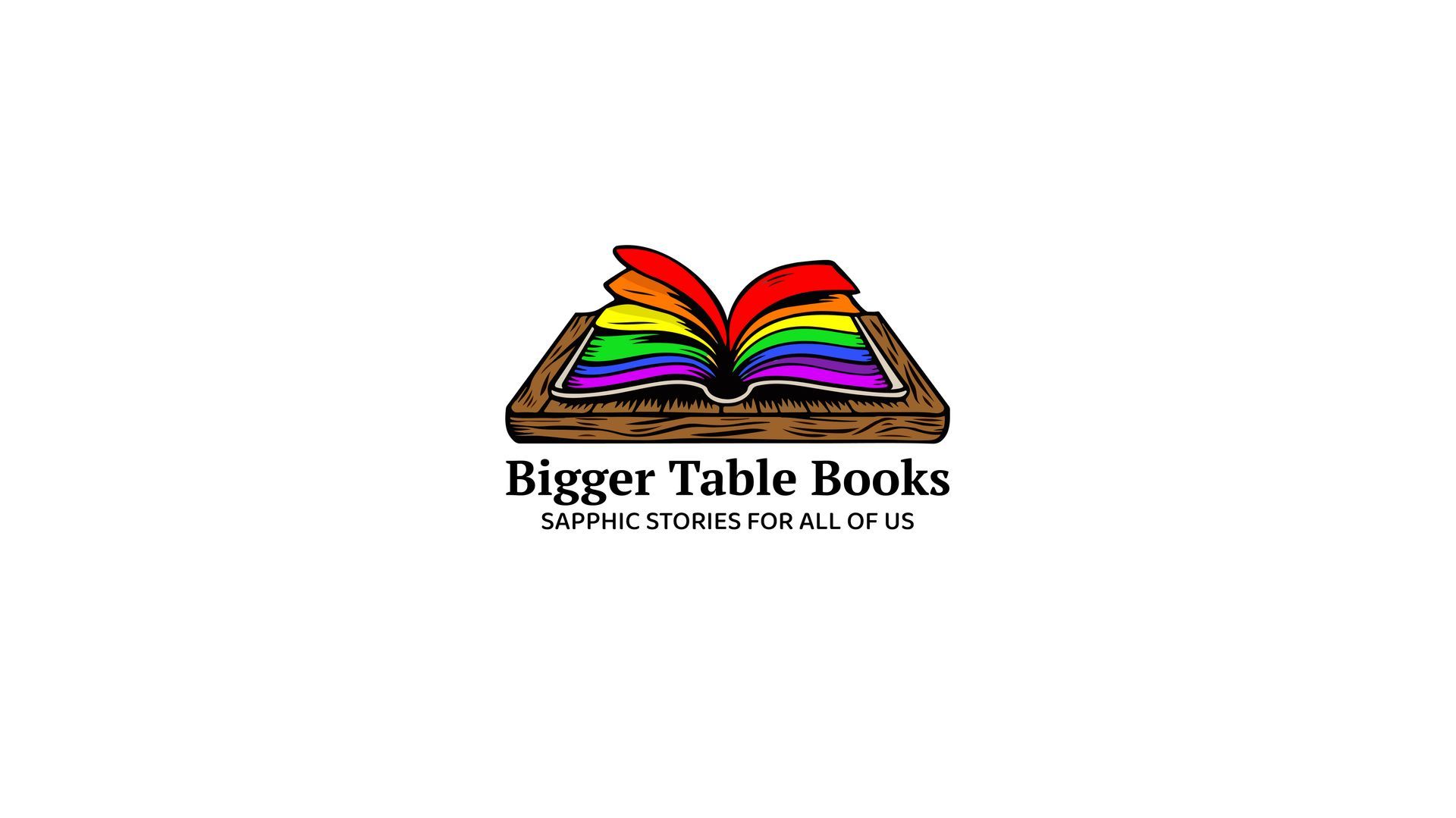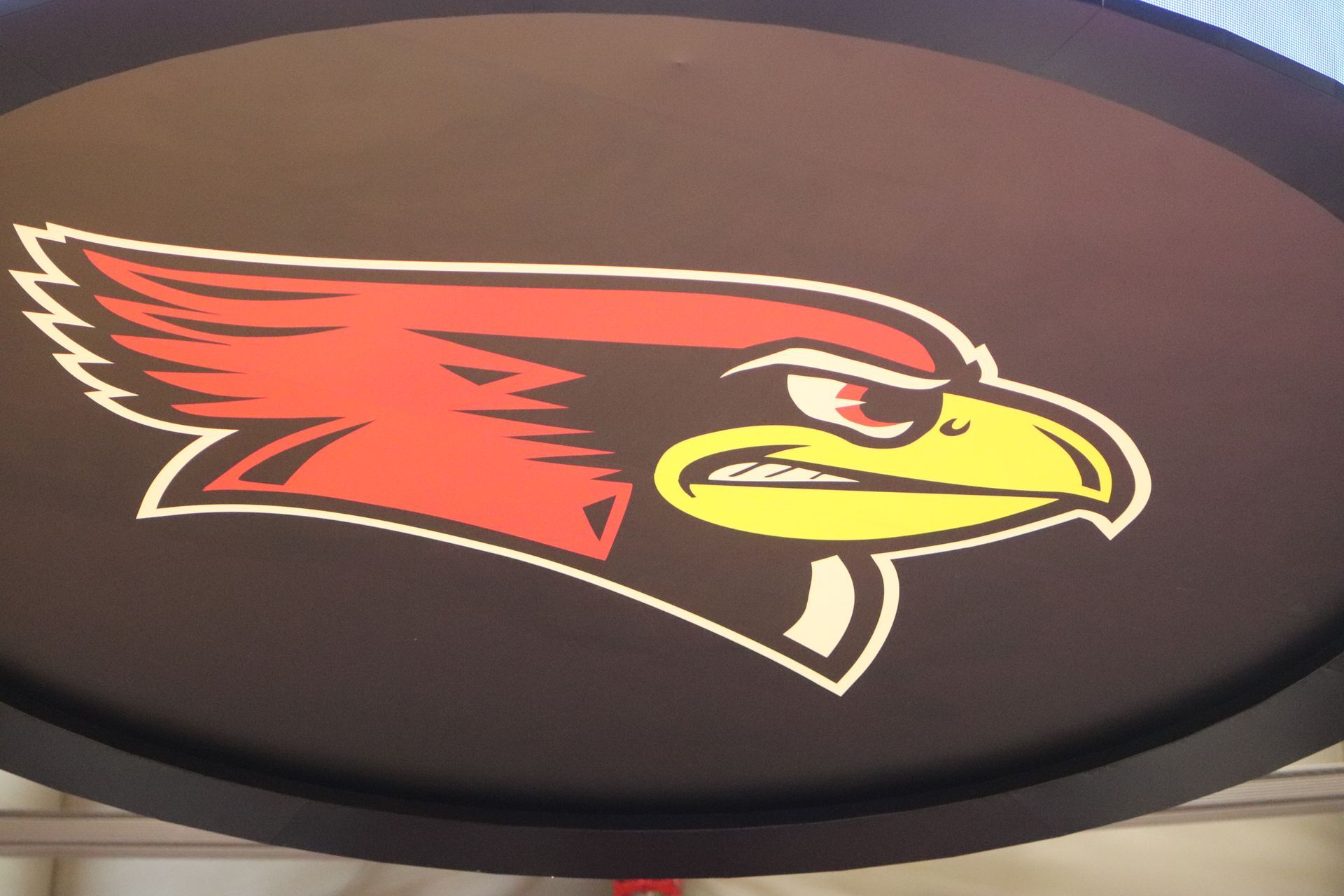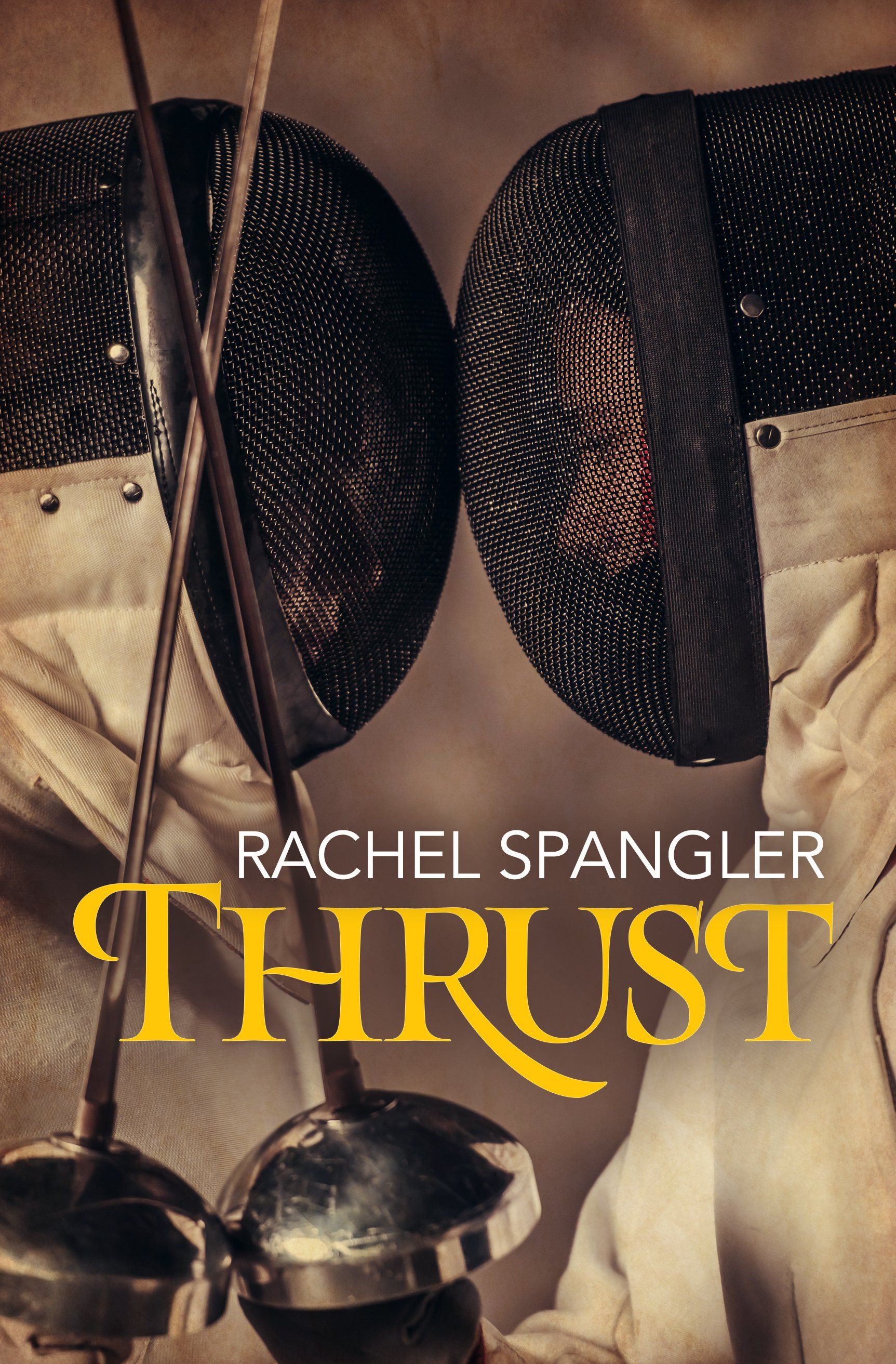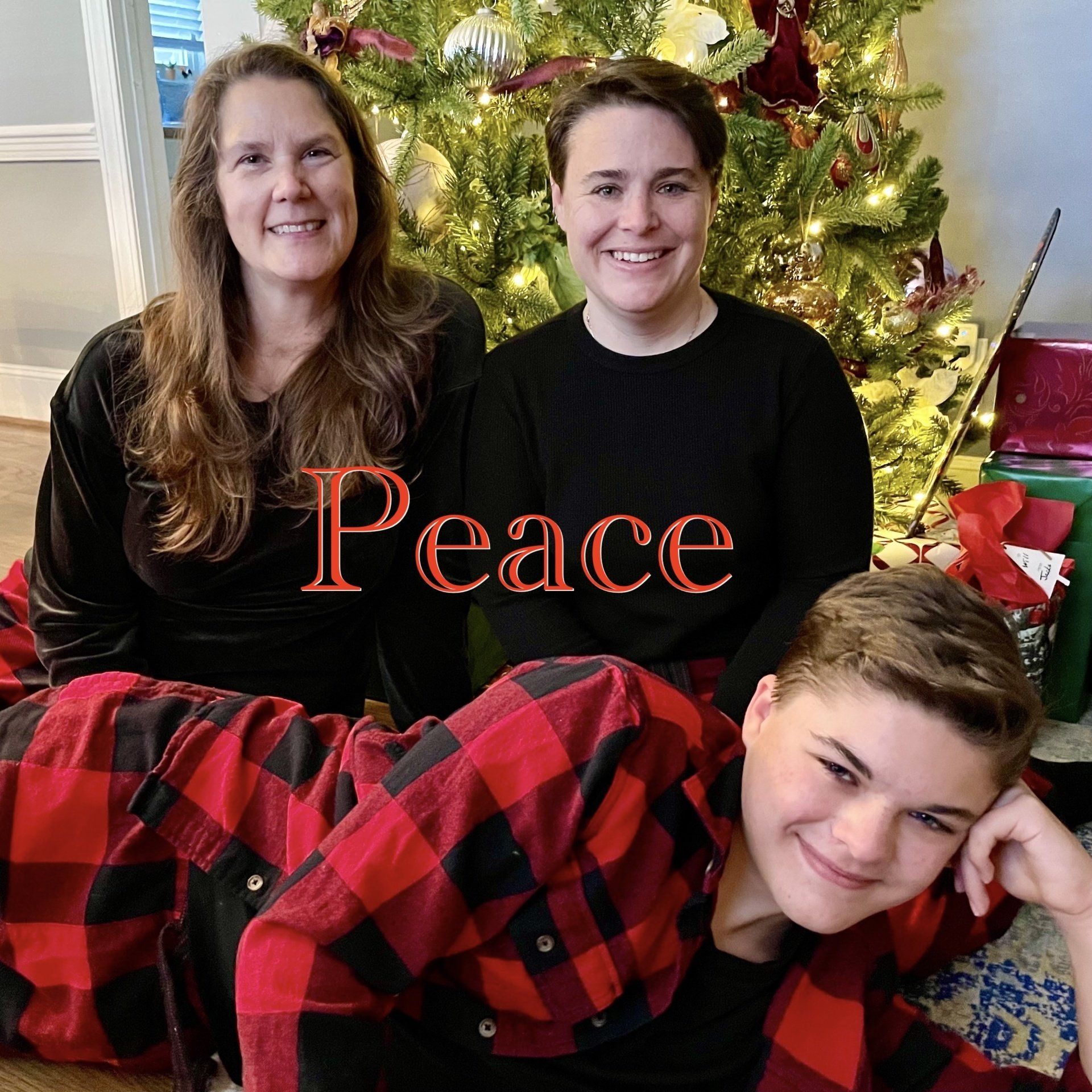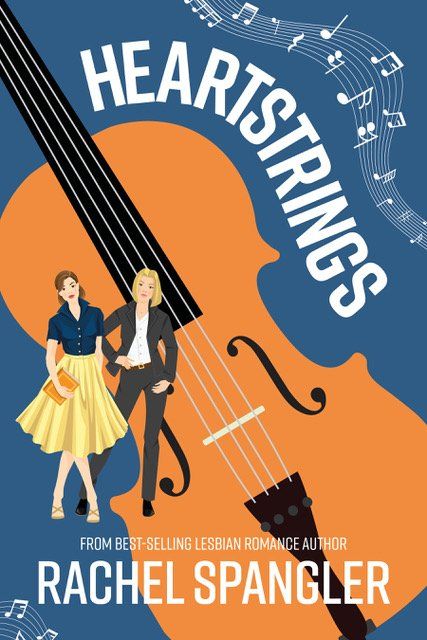Edge of Glory Sexy Pictures
That title got your attention, didn’t it?
Sorry, they might not be exactly the kind of sexy pictures one hopes for when researching a lesbian romance novel. I did not find any Instagram shots of lesbian skiers and snowboarders in tawdry embraces, or semi-clothed lip locks you often find on the cover of our erotica novels.
What I did find, however, were pictures of truly powerful women with truly powerful bodies, none of which really fit with the type of bodies we traditionally see in Lesfic. I know, I know. I hear from one reader at every conference that they want to see larger women represented in our fiction, and that’s absolutely what I had in mind when I wrote Beth from The Long Way Home , but that’s a different blog. What I’m talking about with Edge of Glory , though, is muscular women. And I don’t think I fully understood that when I started writing.
During my first pages of my first draft, I will admit I thought of skiers, and to a lesser extent snowboarders, as skinny women. You wouldn’t believe how prevalent this image is. So much so that my amazing cover artist Ann McMan almost had to use a hand drawn snowboarder for the cover of this book, because public domain images of female snowboarders generally look like this.
I’ve watch more than enough snowboarding to call bullshit on that, but even as a winter sports fanatic, I’d only seen these athletes in the act of their their various professions, and when skiers are flying down a steep grade at 30 miles an hour in skin-tight Spanx, they looked pretty thin to me. Snowboarders wear a lot more clothes (which is also another blog), but there didn’t seem to be any extra fat on them, and how could there be with the amount of calories it must burn to hold off the weight a competitor around an c-curve where crushing g-force meets almost reckless speed. Sure, I knew they were strong and fierce, but anyone who worked that hard and went that fast had to be super thin, right?
Wrong.
I mean, don’t misunderstand me, these women are not what anyone would call overweight, but that sort of skinny/fat dichotomy is super problematic for all women, and our community is not immune to dualistic thinking. I know I’m not. Thankfully, though, when writing this book, I had some real-life role models who refused to let me fall into that either/or trap by being comfortable enough with their badass bodies to show me exactly what I was working with. The picture higher up in this blog is one I found while researching Olympic downhill skier Julia Mancuso’s off-season work out routine. Look at those shoulders!
And this gem happened to come out right after I started writing Edge of Glory , thanks to the epic body confidence of Lindsay Vonn.
Why yes, yes that is a painted on swimsuit. Go ahead and enjoy the view for a moment. I’ll wait. But before you’re ready to read on, can you take a moment to look at her thighs. Not a hardship, right, but I’m not just making the request to excite you or sell books by telling you this is the body my skier Elise is modelled after. I want you to look at those thighs, along with the thighs and glutes on pro-snowboarder Elena Hight.
There’s no thigh gap on either of them. In fact, on both of them, their thighs are wider than their waists. Not going to lie, the task of describing thighs like those in prose wasn’t as easy or as enjoyable as one might expect. You see, in English we don’t have a lot of ways for describing women’s thighs in ways that are both flattering and accurately portray them as large. In our culture, large usually equates to undesirable, at least when talking about that body part. My editor actually put a limit on how many times I could say “stacked.” At one point we went with “bodacious.” “Sizeable,” “thick,” “big,” “mammoth,” even “meaty” or “muscular” all seemed to have at least borderline negative connotations, and yet I worried that if I didn’t describe them at all, or gave a generic descriptor like “beautiful” or “sexy,” readers would fall prey to the thinking that had filled my own mind early on and equate those terms with “thin.”
And when you look at the skier’s mid-sections, virtually none of them are flat. They don’t have “pot bellies” or “spare tires” or any of the other pejorative terms we use to denigrate women’s completely natural body types, but neither do many of them have washboard abs. And that’s awesome, but you know what else is awesome, snowboarders abs.
So often my characters get labeled as butch or femme, whether I write them with those labels in mind or not, which goes back to our dichotomy driven minds, but I’m not sure how and who gets to decide those things. Don’t get me wrong, I’m fine with readers putting their own types and fantasies on my characters. I want them too do that within reason. However, the women I follow in the snowboarding world don’t easily conform to those labels any more than their bodies conform to societal expectations of the female form. Their cores are hard and cut and powerful. They do not have soft curves, they do not have gentle swells, they do not have flat planes. They have ripples and ridges and raw strength. They are not classic examples of a feminine form, but neither does their strength make them masculine any more than skiers thighs make them mannish.
These body types are beautiful, these bodies are sexy, and these body types are worthy of being praised for the ways they lift up the majestic female form while defying the boxes we try to force women’s bodies into.
And so that’s what I tried to do in writing Corey and Elise. Their bodies are not skinny, they are not overweight any more than their bodies mark them as necessarily butch or femme. Elise has big, thick, stacked thighs. Corey has jagged rocks for abs. Both of them find those attributes utterly irresistible in the other. Neither one of them feels any need to judge anything about the other’s personality or sexual proclivities based on those features.
I hope the same holds true for you all as you read Edge of Glory.










